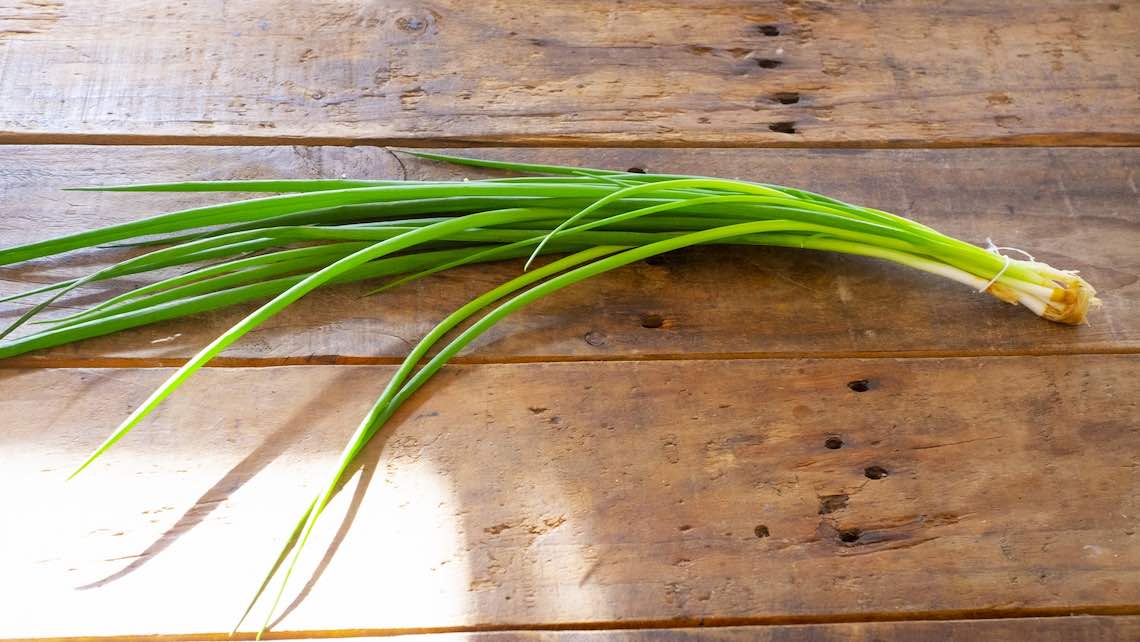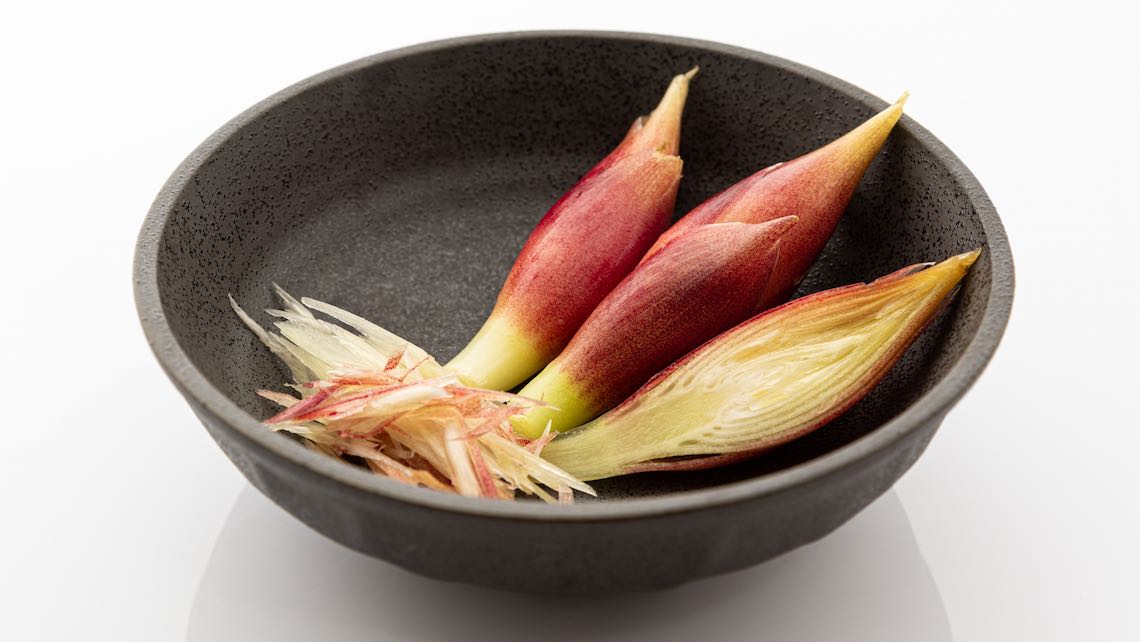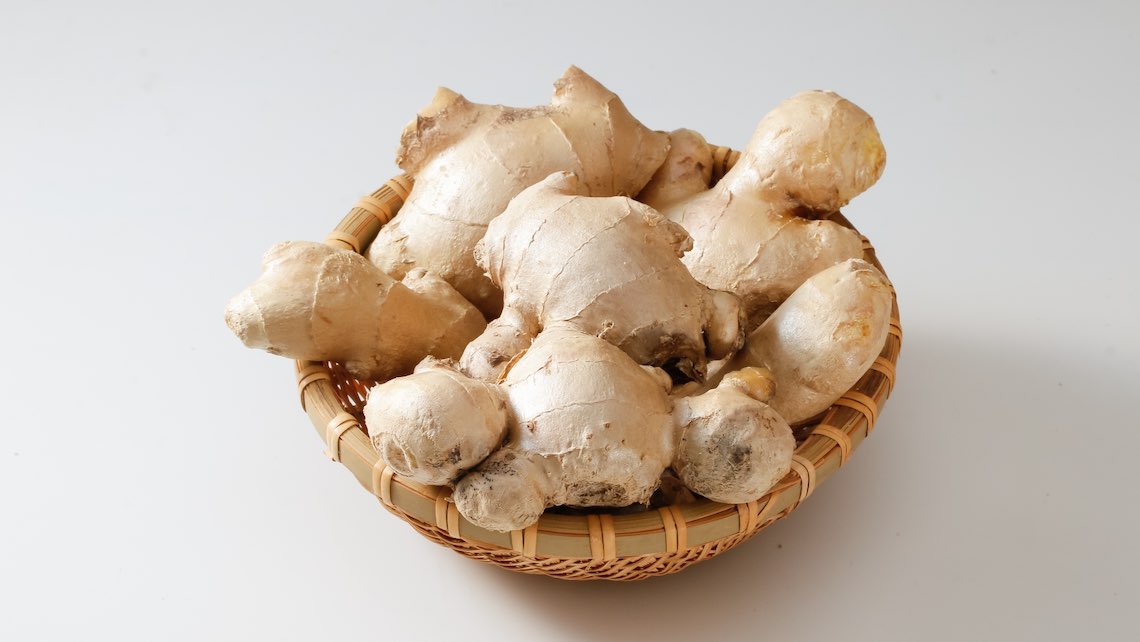Green Onion [Negi]

Japanese Name and Pronunciation:

[negi]
Green onion, also known as “Negi” in Japan, are an essential ingredient in Japanese cuisine. In Japan, there is a wide variety of long onions, with approximately 500 different cultivars, and they are selectively used based on region and cuisine.
While negi are generally available year-round in the market, they are at their sweetest and most delicious from late autumn to early spring, making that period their prime season.
Negi are characterized by their long, slender green leaves and white base. In Japanese cuisine, they play a vital role in adding a distinct flavor and refreshing aroma to dishes. They are primarily used as toppings or garnishes, enhancing both the taste and visual appeal of the food.
Negi are commonly used raw, chopped into small pieces. However, they can also be stir-fried or simmered. Stir-frying intensifies their sweetness, imparting a deep flavor to the overall dish. Simmering softens them, elevating the richness of soups and hotpot dishes.

When it comes to iconic Japanese dishes like ramen and udon, Negi are an indispensable ingredient. Sliced negi are commonly used as a topping, floating in the soup. Additionally, they are featured in various other dishes such as okonomiyaki, yakisoba, tempura, and sushi.
Negi are not only flavorsome but also highly nutritious, containing vitamins C and K, as well as dietary fiber. They are believed to aid digestion and possess antioxidant properties.
Negi hold a significant role in Japanese cuisine, imparting their unique flavor and aroma to dishes. Their versatile use and nutritional benefits make them a beloved ingredient in the culinary world.





